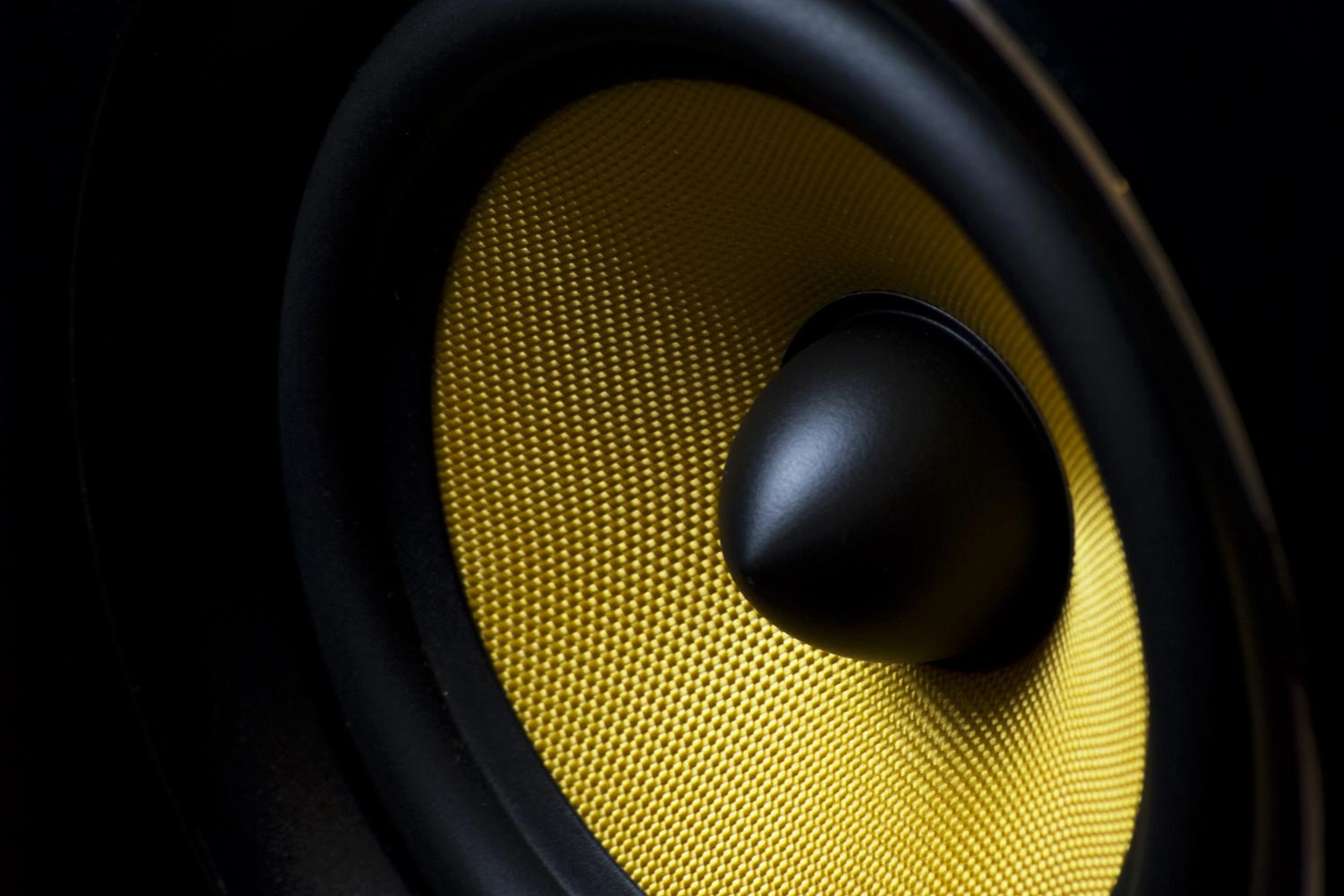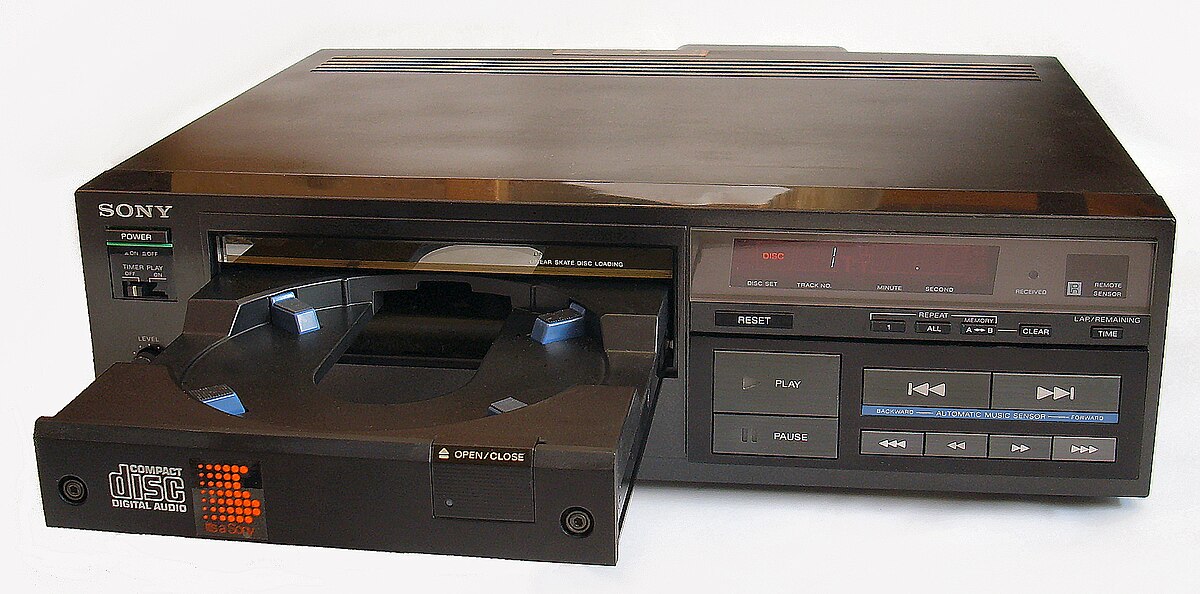The reality is that it is just as difficult to prove components sound the same as it is to prove they sound different. First there is the listener variability. My wife is happy with her $79 Amazon Echo. So everything is going to sound the same for her. Second is the quality of the rest of the components. Speakers and room will add a huge amount of variability to the question and most may lack the transparency necessary to ascertain subtle differences. Then there is the source material, if it's say 14 bit resolution on a not so good recording, then will it matter if one DAC has 17 bits and the other 19 bits of linearity?
I go back to the point that many many times, we realized the measurements we thought were complete, really were not. Very often this was when a new technology came about that cured the ills of the previous technology, but had it's own set of problems. This happened when we went from tubes to transistors and then again from LPs to CDs. So what makes you think that this time it's different and we now know exactly what to measure? History would say the odds are against you. But I will not buy equipment that has measurements that don't show obvious flaws.
All I'm saying is that it's quite possible, if not likely, that there are many components that measure well (not necessarily identically), and that they may not all sound the same in a high resolution system for a discerning person using great source material. Even using the same DAC, it's not hard to hear the effects of oversampling (assuming the DAC is not doing this internally). Classic Nyquist theory would say we cannot hear it, but that ignores all the practical limitations of filtering in the analogue domain. And there are many more filtering variations beyond oversampling that one can hear.
Getting back to the topic of the thread, I compared the bridged mono AHB2s with my Constellation Centaur mono blocks. I was not trying to prove anything, just having some fun to see which one was better. The engineer in me was telling me that the AHB2s should be pretty good, the audiophile was saying the $50,000 Constellation had to be better, after all The Absolute Sound loved them. My TAD R1s are very resolving, but they can sound harsh with the beryllium coax. So after many years I had ended up with the Constellation amps as they are very musical. But now subjectively for me the Benchmarks were even smoother than the Constellations. Certain recordings that were difficult to listen to were less so, great recordings were even better. So I sold the Constellations.
Another important point is that the AHB2s don't simply make everything smoother. Crappy recordings still sound bad, and I don't sense any loss of resolution on really great recordings. So I don't fear they are simply masking things to make everything warmer sounding.
I ended up buying the Benchmark interconnects and cables. Sure it's possible Amir found something on Amazon that works just as well, but the Benchmark cables are really well made, and the last pair of cables I bought on Amazon were defective. The SpeakOn connectors are great, polarity will be perfect every time, just make sure if you buy on Amazon that you get a real Speakon, the knock offs are not reliable.
The real game changer for me was when with the help of Andrew Jones, who designed the TADs, I was able to vertically bi-amp the speakers using a Pass XVR1. Andrew still had all his anechoic measurements on the TADs, and the details of the passive crossovers in the speakers, and we were able to come up with a hybrid bi-amp such that the slopes and phase angles played well with each other. The low pass in the speakers was bypassed such that a pair of AHB2 is directly connected to the 10" woofers with no thing more than a cable in between. The low pass is done by the XVR1, so there is no loss of damping factor and no over saturating of the iron core inductors in the stock low pass. The speakers are also tucked into corners, with RPG damping to avoid mid to higher frequency reflections. An Audiolense convolution filter EQs the bass with 10-15db of attenuation, and a -3db point at 17 hz. So for the most part the woofers are not moving much and are operating in a very linear manner. There is another pair of AHB2s connected to the coax drivers using the internal high pass. Andrew also routed this via the high pass on the XVR1 to increase the slope of the overall high pass. We were lucky that this happened to work well with the low pass on the woofers.
FYI, Andrew Jones's twin brother was one of the engineers that worked on the design of the AHB2s. This is a brilliant design that measures spectacularly and sounds great too. I suspect much of that has to do with the lack of crossover distortion and the fully regulated power supply. As long as the amps are not overdriven, they are essentially performing with near zero distortion from the first watt to the last. And if you clip them, they let you know and turn off. That happened once with a super loud bass passage before we implemented the convolution filter. The bass was likely 10-15 db louder than it should have been.
All in all, I went through three iterations of AHB2s. First was a pair in bridged mono. Then second was two pairs in a passive bi amp. And finally two pairs in the active bi amp. So far it's the most satisfying system I've had. No limits to dynamic range across the frequency spectrum. Totally quiet, the music just pops out of a silent background.




